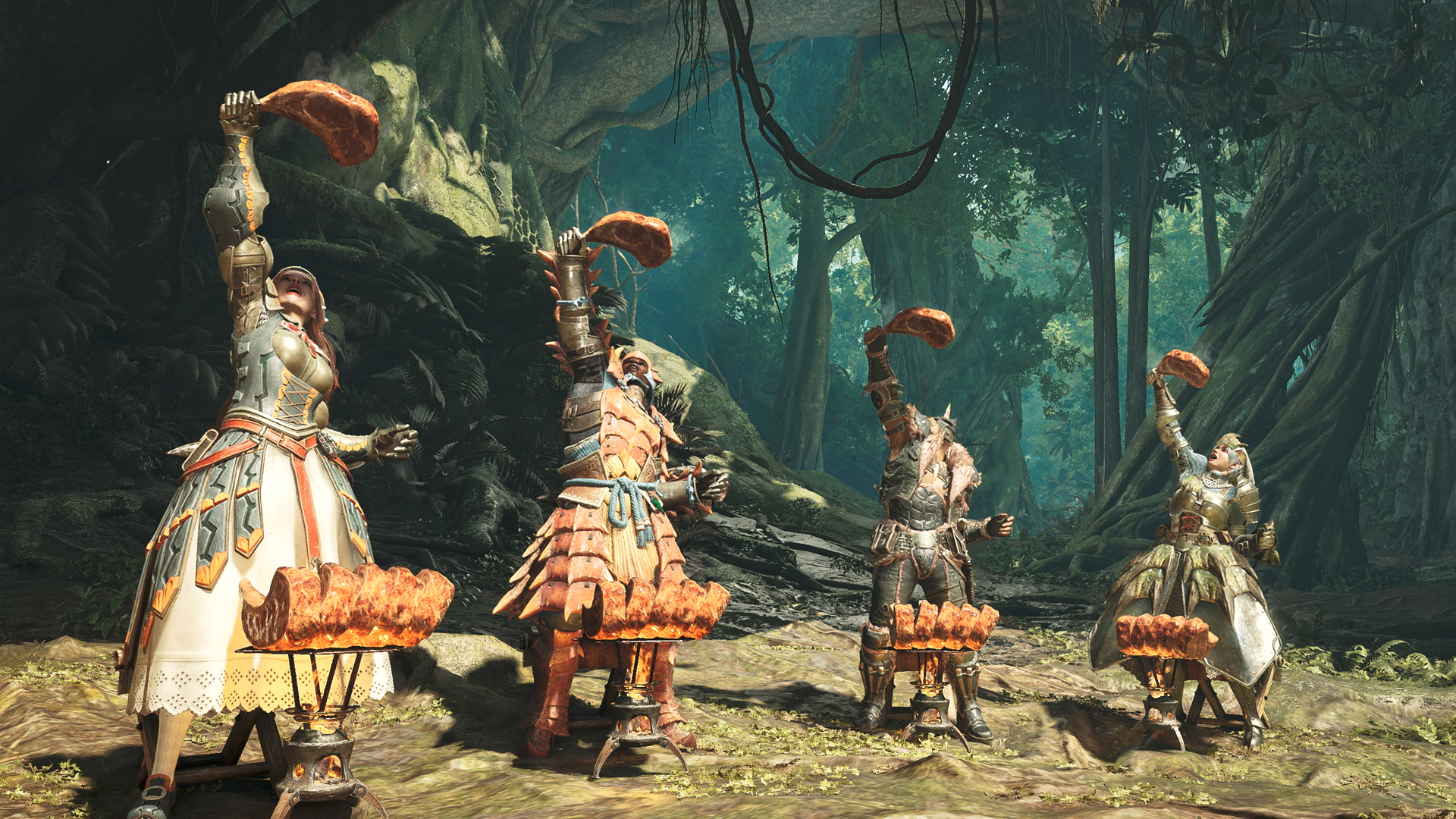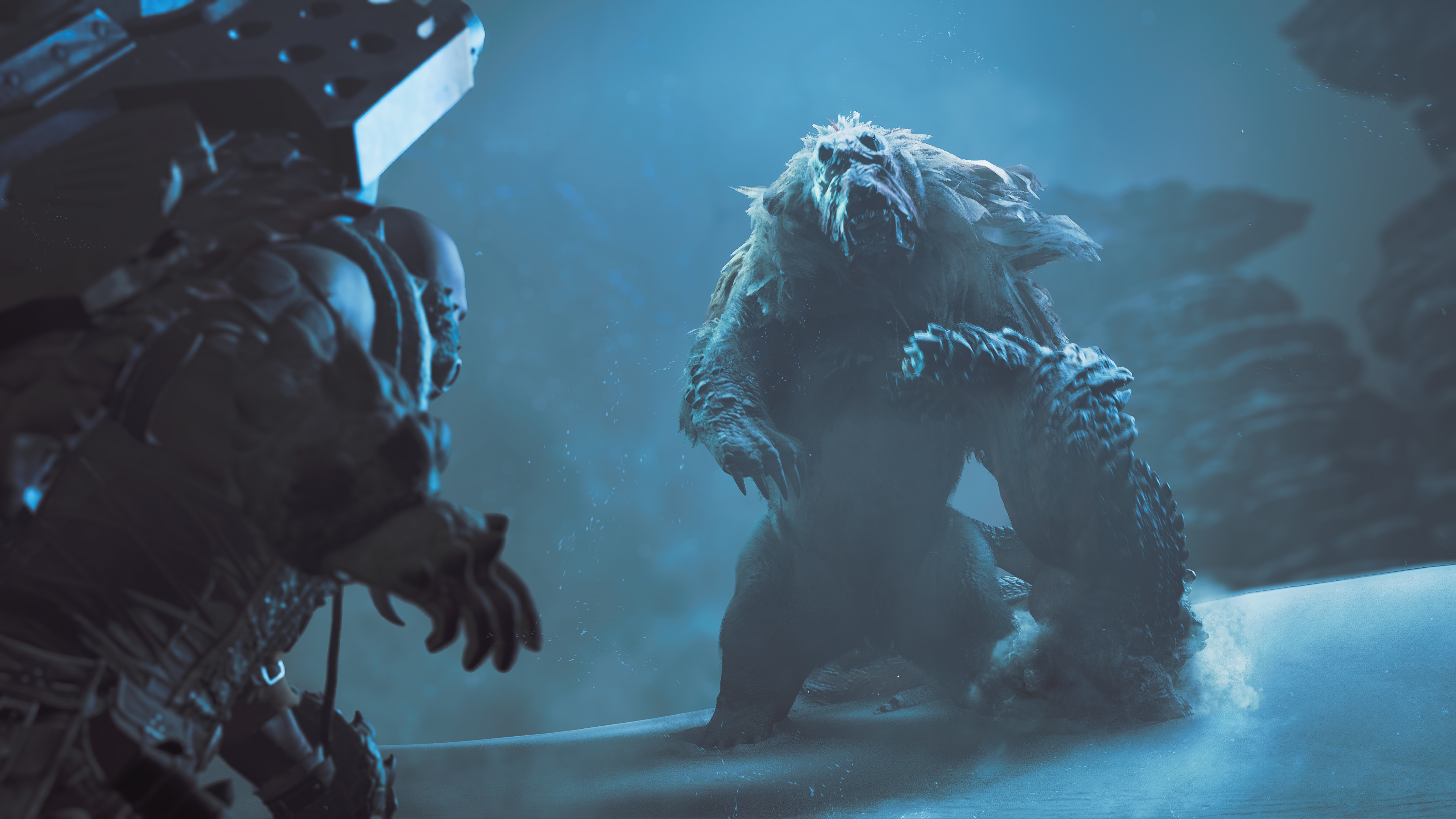Capcom’s latest blockbuster title is here, and so far, Monster Hunter Wilds is blowing away expectations, reaching 1.2 million concurrent players on Steam at the time I’m writing this, per SteamDB.
That number immediately puts Monster Hunter Wilds into an upper echelon of Steam games, with only a tiny handful of titles seeing higher peaks in Steam’s history. The all-time record belongs to PlayerUnknown’s Battlegrounds (PUBG), which saw a mind-boggling 3 million concurrent players.
Last year’s survival-crafting game Palworld reached over 2 million concurrent players. Black Myth Wukong also put up eye-catching numbers, reaching over 2.4 million concurrent players despite being an entirely single-player game.
For Capcom and Monster Hunter, the preceding game in the franchise, 2018’s Monster Hunter World, reached an already-impressive 334,000 concurrent players on Steam years ago, but that number has been squarely obliterated by the early performance of Monster Hunter Wilds.
Monster Hunter Wilds received impressive reviews from most outlets and critics, with a fair bit of praise for the gameplay systems and the variety of monsters that are available to fight.
While the game is garnering some impressive sales so far, player reception is extremely divided. Monster Hunter Wilds is currently sitting at a a 47% positive rating on Steam with over 10,000 reviews.
Many player reviews are highlighting poor performance in the PC version of Monster Hunter Wilds, echoing concerns seen from when players were using the pre-launch benchmark tool to evaluate the game’s framerate at different settings.
Monster Hunter Wilds uses Capcom’s proprietary RE engine, eschewing the prior MT Framework engine that’s been used for most older Monster Hunter games.
While RE engine titles like the Resident Evil games tend to usually run quite well, with gorgeous visual effects and simultaneous high framerates, the engine doesn’t appear to have scaled to open worlds with dynamic systems quite as well.
Last year’s Dragon’s Dogma 2 also saw poor performance across all versions of the game, and it similarly ran on RE Engine.
Hopefully we’ll be hearing from Capcom that performance improvements are on the way soon.
Ideally, the team can also take lessons from what has and hasn’t worked in using this engine with open-world esque games as it works on Codename REX, the next engine upgrade that’s currently planned.
In our review of Monster Hunter Wilds, executive editor Jez Corden wrote that “As epic as the new monsters are, as awesome as the environment design is, and as fun as hunting with friends remains — the core Monster Hunter experience felt a bit degraded in Wilds. Without some balance tweaks, I’m not sure Monster Hunter Wilds will achieve the longevity of its predecessor, but new players may appreciate the gentler learning curve.”
I’m definitely excited to hop in for myself and check Monster Hunter Wilds out soon, teaming up with some of my friends that I know are also interested in playing. I’m also trying to convince myself not to buy the gorgeous steelbook edition, but I think it’s a losing battle at this point.
Monster Hunter World is the best-selling Capcom game of all time, with over 23 million copies sold as of 2024. It’s an incredible achievement, largely attributable to the game being available on consoles and PC, as well as some streamlined elements that made different aspects of the experience more accessible.
I’m not sure if Monster Hunter Wilds — much less any other Capcom game in the future, honestly — can overcome that vast sales gulf, but it’s certainly off to a fantastic start already, and will undoubtedly be one of the best-selling games of 2025.
Future updates (for content and performance) and the possibility of a paid expansion will be key, as Monster Hunter: World benefitted greatly from the launch of the 2019 expansion Iceborne, which essentially doubled the size of the game, adding new tundra-esque regions and creatures that thrived in a snowy climate.
Monster Hunter Wilds is currently available on Xbox Series X|S, Windows PC, and PlayStation 5.






